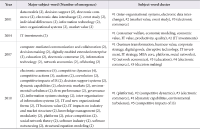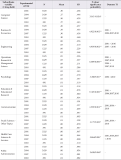- Apply for Authority
- P-ISSN2287-9099
- E-ISSN2287-4577
- SCOPUS, KCI
ISSN : 2287-9099
Vol.3 No.1

Abstract
This study develops an effective method for sentiment analysis of user-generated content on drug review websites, which has not been investigated extensively compared to other general domains, such as product reviews. A clause-level sentiment analysis algorithm is developed since each sentence can contain multiple clauses discussing multiple aspects of a drug. The method adopts a pure linguistic approach of computing the sentiment orientation (positive, negative, or neutral) of a clause from the prior sentiment scores assigned to words, taking into consideration the grammatical relations and semantic annotation (such as disorder terms) of words in the clause. Experiment results with 2,700 clauses show the effectiveness of the proposed approach, and it performed significantly better than the baseline approaches using a machine learning approach. Various challenging issues were identified and discussed through error analysis. The application of the proposed sentiment analysis approach will be useful not only for patients, but also for drug makers and clinicians to obtain valuable summaries of public opinion. Since sentiment analysis is domain specific, domain knowledge in drug reviews is incorporated into the sentiment analysis algorithm to provide more accurate analysis. In particular, MetaMap is used to map various health and medical terms (such as disease and drug names) to semantic types in the Unified Medical Language System (UMLS) Semantic Network.





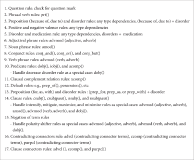

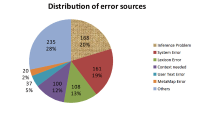

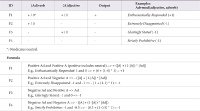




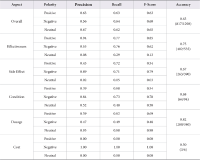

Abstract
Pre-retrieval query formulation is an important step for identifying local text reuse. Local reuse with high obfuscation, paraphrasing, and translation poses a challenge of finding the reused text in a document. In this paper, three pre-retrieval query formulation strategies for heuristic retrieval in case of low obfuscated, high obfuscated, and translated text are studied. The strategies used are (a) Query formulation using proper nouns; (b) Query formulation using unique words (Hapax); and (c) Query formulation using most frequent words. Whereas in case of low and high obfuscation and simulated paraphrasing, keywords with Hapax proved to be slightly more efficient, initial results indicate that the simple strategy of query formulation using proper nouns gives promising results and may prove better in reducing the size of the corpus for post processing, for identifying local text reuse in case of obfuscated and translated text reuse.

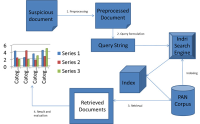

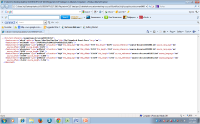
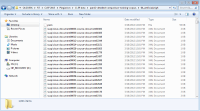

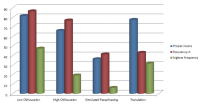
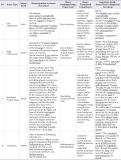
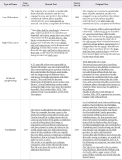
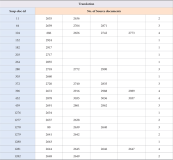
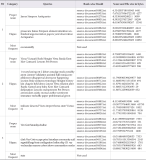


Abstract
Nigeria’s non-government organization (NGO) libraries for the visually impaired has over the years been at the forefront of information services provision to persons with visual impairment. This study adopted a survey research design to investigate use of alternative formats and perceptions of information services to the visually impaired, focusing on two purposively chosen NGO libraries for the visually impaired in Nigeria. Using a complete enumeration approach, data were gathered from 180 users of the libraries through the use of a structured questionnaire with a reliability score (α = 0.74). Data from 112 (62.2%) of the 180 administered copies of a questionnaire that were retrieved were analysed. The study found that Braille materials had a high level of utilization ( = 4.46) and were the most frequently utilized (90.9%). Perception of information services by the visually impaired was positive while use of alternative formats was significantly and positively related to users’ perception of information services (r = .041; p < 0.05). The study recommends improved transcription and investment in alternative formats and in e-resources. It also recommends collaborations to widen access as well as constant evaluation of services.



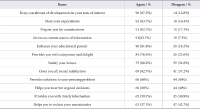

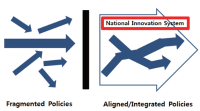
Abstract
Recently US/EU governments are utilizing nanotechnology as a key catalyst to support national innovation policies with economic recovery goals. US/EU nano policies have been serving as a global model to various countries, including Korea. So the authors initially seek to understand US/EU national innovation policy interconnections, and then find the role of nanotechnology development within. To strengthen national policy coherence, nanotechnology development strategies are under evolution as an innovation catalyst for promoting commercialization. To strategically support nano commercialization, EHS (Environmental, Health, Safety) and informatics are invested as priority fields to strengthen social acceptance and sustainability of nano enabled products. The current study explores US/EU national innovation policies including nano commercialization, EHS, and Informatics. Then obtained results are utilized to analyze weaknesses of Korean innovation systems of connecting creative economy and nanotechnology development policies. Then ongoing improvements are summarized focusing on EHS and informatics, which are currently prominent issues in international nanotechnology development.

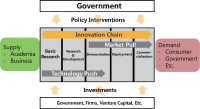
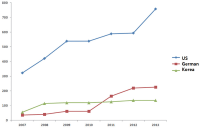
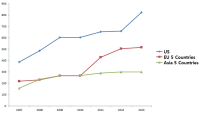







Abstract
This research uses a new approach to analyze the extent of influence journal papers have on the progress of varied research fields by estimation of subject-based influence on research other than impact factor that relies on citation index. It is initiated with the hypothesis that earlier established citation relations between journal and citing paper, which reveals the research field that contains the highest citation index and hence has received the greatest contribution from a particular journal, would have inconsistent contribution to the research field over the year of journal publication. The target research is primarily 128 journal papers and 4,123 citing papers from Information Systems Research published in the years 2001, 2004, 2007, and 2010. The characteristics of citation history and hallmarks of research field of citing papers were studied and analysis on significant distinction between citing fields based on the year of publication was performed.The analysis results show the order of citation rate to be highest from Computer Science (2,221 cases), Business & Economics (2,191 cases), and Information Science & Library Science (1,901 cases). The citation history of the journal, nonetheless, indicates increase in citation during 2-3 years after the earliest publication till it achieves constant citation. The statistical analysis shows significant variation in citing fields in accordance with the publication year; especially in 2010, journal contribution has increased in the fields of Business & Economics, Operations Research & Management Science, and Health Care Sciences & Services but, however, is reduced in Education & Educational Research and Social Sciences - Other Topics.


